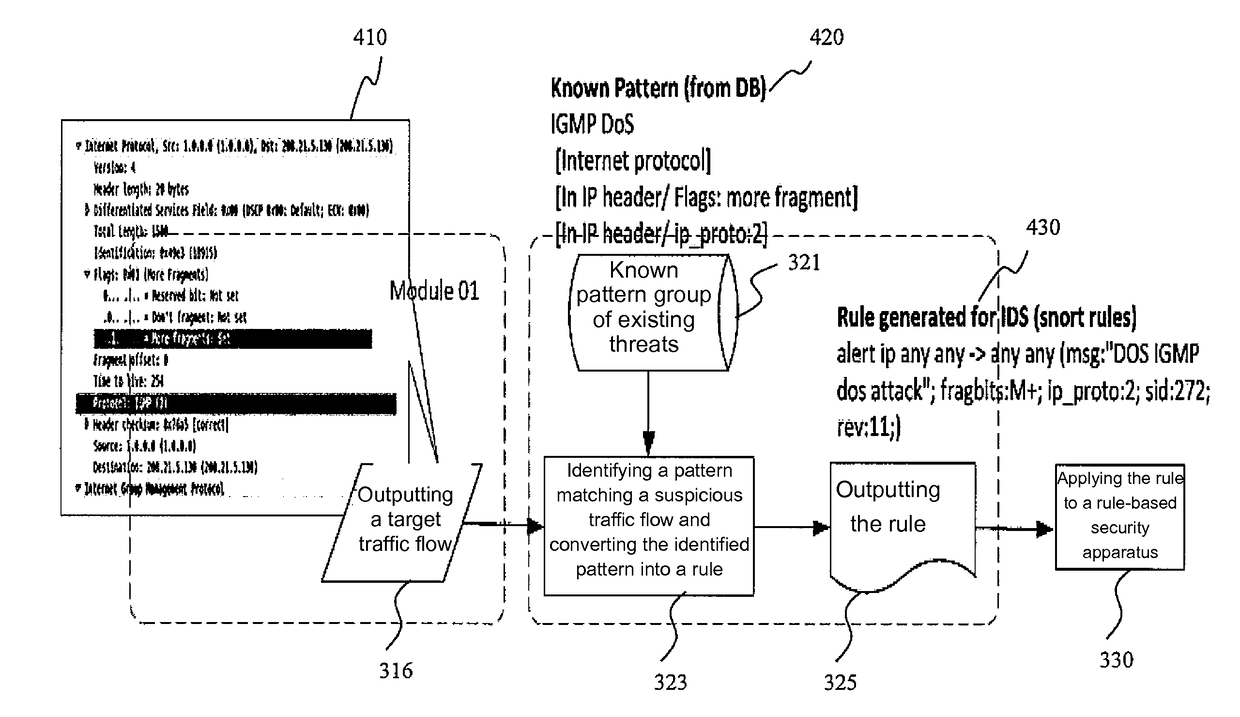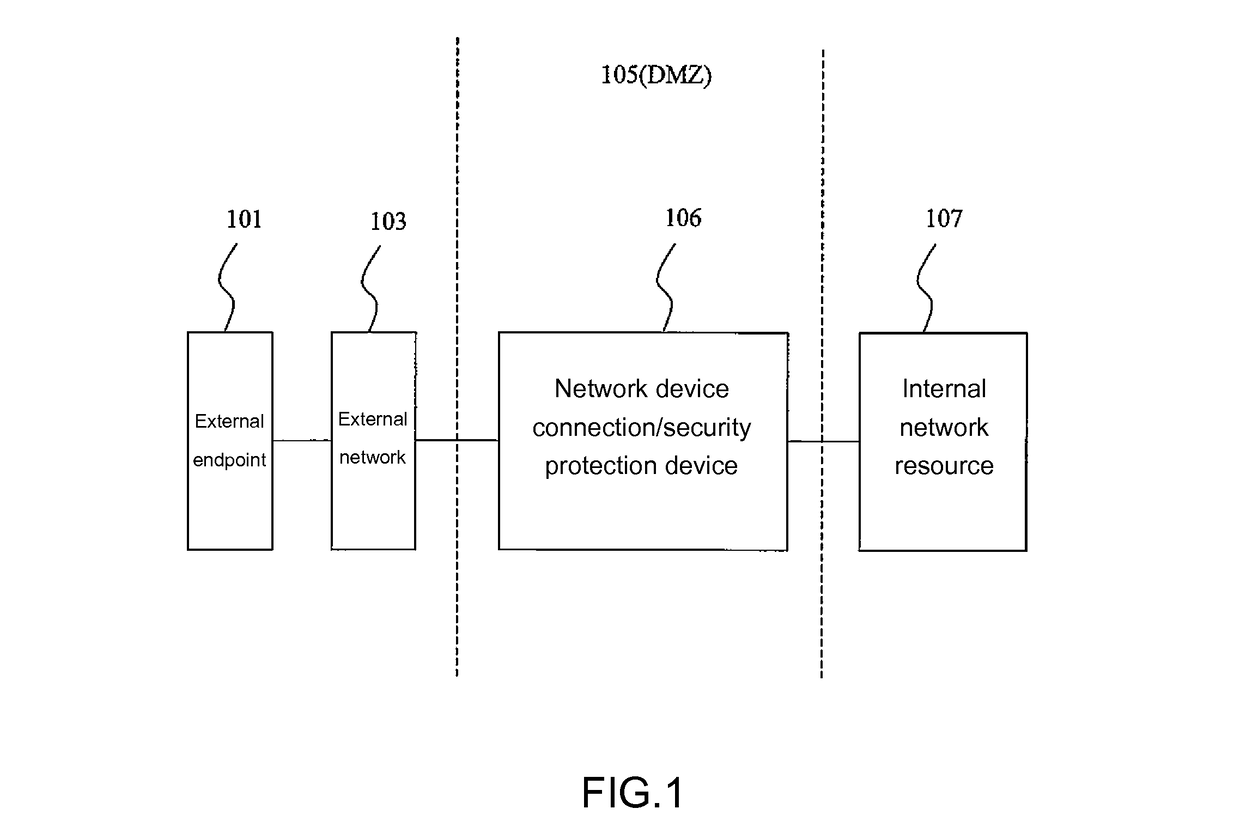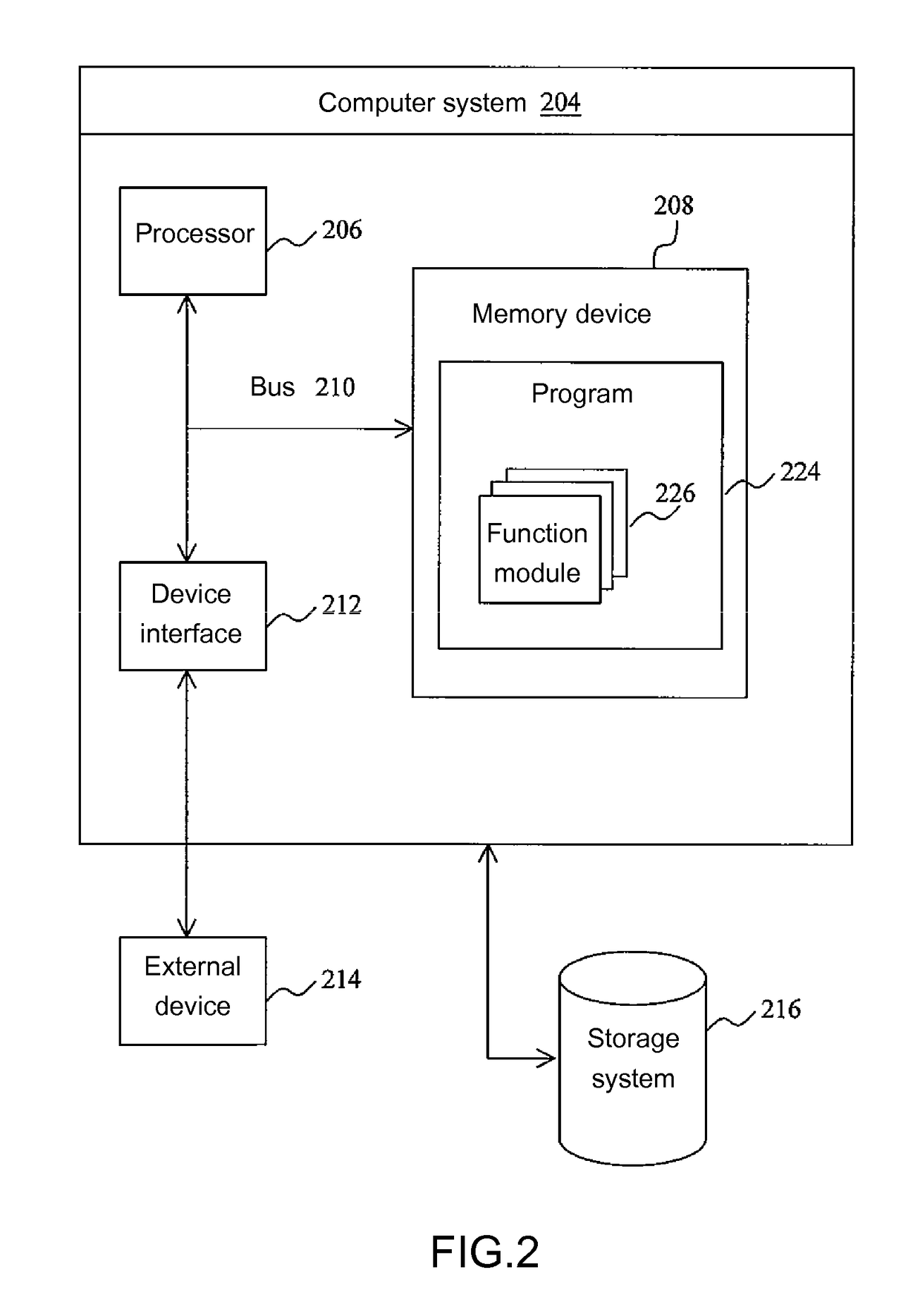Network traffic analysis to enhance rule-based network security
a network traffic analysis and rule-based security technology, applied in the direction of electrical devices, transmission, etc., can solve the problems of increasing time-consuming and time-consuming rules of a rule-based security apparatus, increasing the complexity of the process of establishing an appropriate rule, and achieving the effect of simple, less complex and easy-to-use solutions
- Summary
- Abstract
- Description
- Claims
- Application Information
AI Technical Summary
Benefits of technology
Problems solved by technology
Method used
Image
Examples
Embodiment Construction
[0027]Citation of “a specific embodiment” or a similar expression in the specification means that specific features, structures, or characteristics described in the specific embodiment are included in at least one specific embodiment of the present invention. Hence, the wording “in a specific embodiment” or a similar expression in this specification does not necessarily refer to the same specific embodiment.
[0028]As will be appreciated by one skilled in the art, the present invention may be embodied as a computer system, a method or a computer program product. Accordingly, the present invention may take the form of an entirely hardware embodiment, an entirely software embodiment (including firmware, resident software, micro-code, etc.) or an embodiment combining software and hardware aspects that may all generally be referred to herein as a “circuit”, “module” or “system”. Furthermore, the present invention may take the form of a computer program product embodied in any tangible med...
PUM
 Login to View More
Login to View More Abstract
Description
Claims
Application Information
 Login to View More
Login to View More - R&D
- Intellectual Property
- Life Sciences
- Materials
- Tech Scout
- Unparalleled Data Quality
- Higher Quality Content
- 60% Fewer Hallucinations
Browse by: Latest US Patents, China's latest patents, Technical Efficacy Thesaurus, Application Domain, Technology Topic, Popular Technical Reports.
© 2025 PatSnap. All rights reserved.Legal|Privacy policy|Modern Slavery Act Transparency Statement|Sitemap|About US| Contact US: help@patsnap.com



